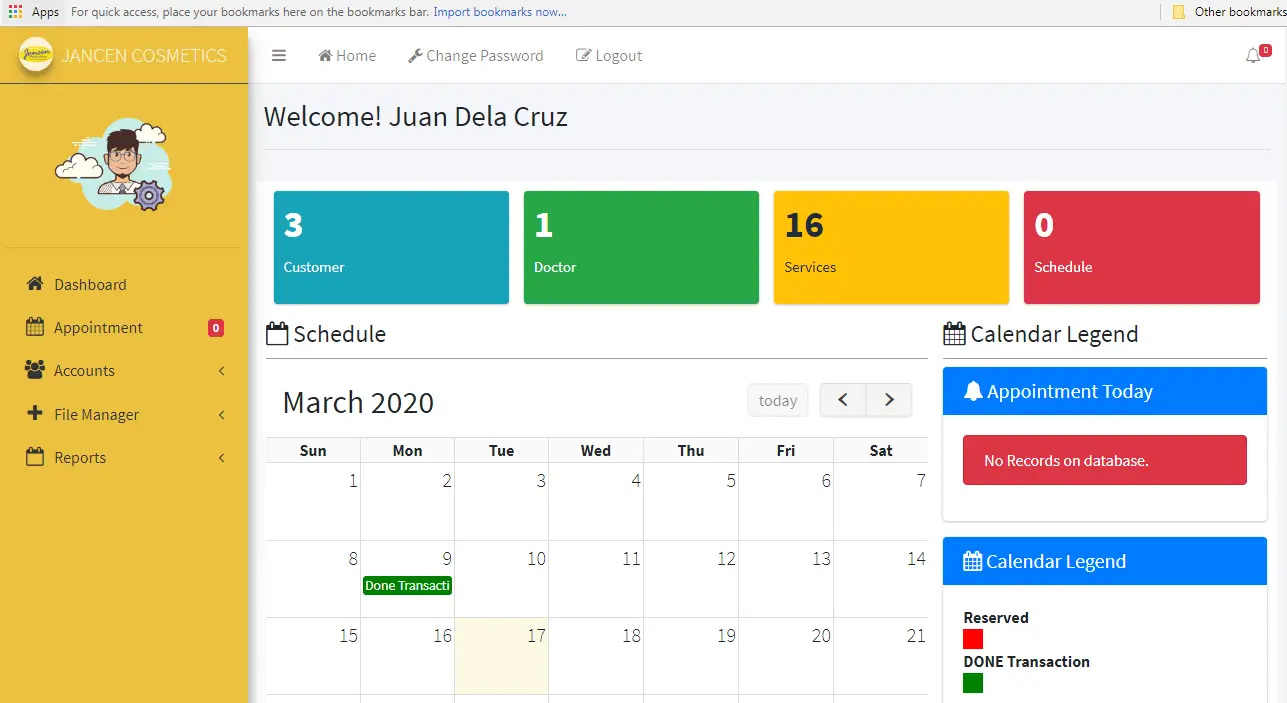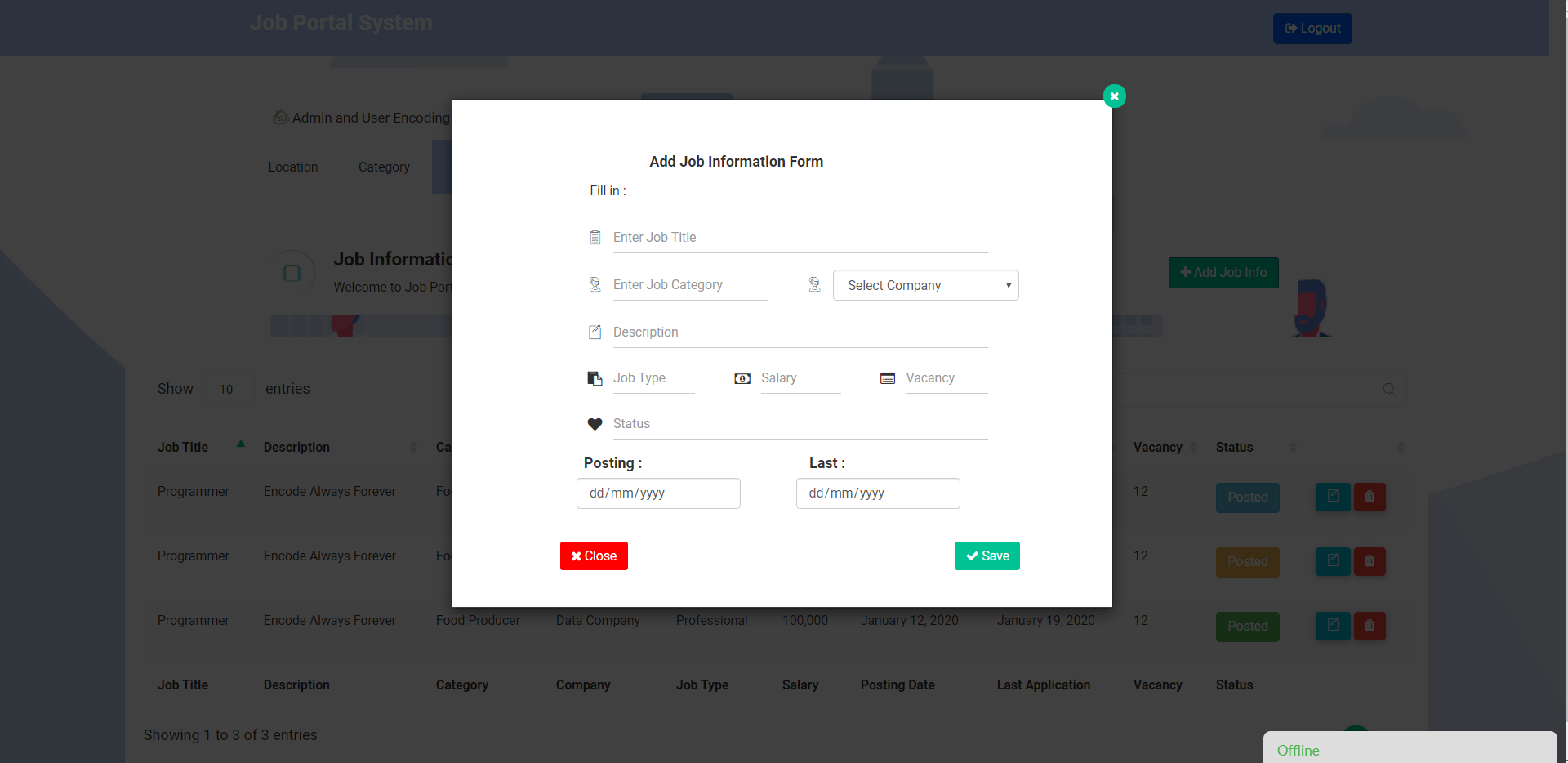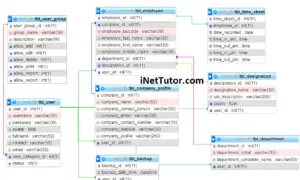Top Solana Blockchain Project Ideas for the Education
Introduction
Table of Contents
Solana is a high-performance blockchain platform known for its lightning-fast transaction speeds, scalability, and extremely low transaction fees. These features make Solana ideal for a wide range of applications, including those in the education sector. Its decentralized nature ensures security and transparency, while its scalability allows it to handle massive amounts of data—perfect for large-scale educational systems.
Blockchain technology is rapidly transforming the education landscape. From secure credential verification to safeguarding student data and supporting decentralized learning platforms, blockchain offers innovative solutions. Educational institutions are starting to explore how blockchain can enhance transparency, reduce fraud, and streamline administrative processes.
This article aims to explore some exciting Solana-based project ideas that can address critical challenges in education. By leveraging Solana’s powerful blockchain, institutions can improve data security, manage credentials efficiently, and promote decentralized learning environments.
Key Features of Solana Relevant to Education
Fast Transactions
Solana’s high throughput and rapid block times make it an ideal blockchain for handling education-related processes that require real-time interactions. For instance, issuing digital certificates, verifying credentials, or processing tuition payments can happen instantly. With Solana’s ability to process thousands of transactions per second, educational platforms can scale without worrying about slowdowns, even with large numbers of students and institutions.
Low Transaction Fees
One of Solana’s standout features is its incredibly low transaction fees, which benefit both educational institutions and students. This cost efficiency allows schools to implement blockchain technology without worrying about expensive transaction costs. Whether it’s registering students, issuing certificates, or handling micro-credentials, Solana’s low fees ensure that blockchain integration remains affordable and accessible.
Decentralization and Security
Solana’s decentralized architecture ensures that all data stored and shared across its network is secure and tamper-proof. In the education sector, this is particularly important for handling sensitive student information, managing academic records, and ensuring the integrity of certificates and degrees. With Solana, educational institutions can trust that their data is stored securely, preventing unauthorized access or manipulation.
Solana Blockchain Project Ideas for Education
- Decentralized Credential Verification
Description:
A blockchain-based system that allows educational institutions to issue tamper-proof digital certificates and diplomas. These credentials can be easily verified by employers or other institutions, preventing fraud and ensuring authenticity. Development Tools:
- Solana SDK
- Metaplex for minting NFTs (non-fungible tokens) as digital certificates
- Rust or C for smart contract development
- React.js for frontend development
- IPFS (InterPlanetary File System) for decentralized file storage
- Blockchain-based Student Identity Management
Description:
A digital identity platform where students can securely access academic services such as course registration, attendance tracking, and accessing transcripts, all through a unique, blockchain-based identity. Development Tools:
- Solana SDK
- Anchor Framework for developing smart contracts
- Ceramic Network for decentralized identity management
- Solana Wallet Adapter for secure login/authentication
- Rust for backend development
- NFT-based Learning Achievements
Description:
Use NFTs on Solana to represent and showcase student achievements, such as course completions or special skills. These tokens can form part of a digital portfolio that students can present to employers. Development Tools:
- Metaplex for NFT minting
- Candy Machine for distributing NFTs
- Solana Wallet Adapter for wallet integration
- React.js for building the NFT portfolio frontend
- Arweave or IPFS for storing metadata related to the NFTs
- Decentralized Learning Platforms
Description:
A decentralized platform where educators can share courses and students can pay using Solana-based payments. The platform can offer transparent credentialing and payments for course completions. Development Tools:
- Anchor Framework for developing smart contracts
- Solana Pay for integrating Solana-based payment systems
- Rust for backend and contract development
- React.js or Vue.js for the frontend
- Metaplex for NFT-based course certificates
- Secure Student Data Management
Description:
A blockchain-based system that securely stores and manages sensitive student records, including grades, enrollment details, and transcripts, ensuring privacy and immutability. Development Tools:
- Solana SDK
- Anchor Framework for secure smart contracts
- Rust or C for smart contract development
- IPFS for decentralized storage of student records
- React.js for creating the user interface for data access
- Crowdfunding for Education
Description:
A Solana-powered crowdfunding platform where students can raise funds for tuition or research projects. Smart contracts automatically ensure transparent allocation of funds. Development Tools:
- Solana SDK
- Anchor Framework for smart contract logic
- Solana Pay for payment integration
- Metaplex for NFTs as fundraising tokens or rewards
- Rust for backend development
- Blockchain for Research Publication
Description:
A decentralized academic research platform where researchers can publish and timestamp their findings on Solana, ensuring credibility and preventing intellectual property theft. Development Tools:
- Solana SDK
- IPFS for decentralized storage of research papers
- Metaplex for tokenizing published works as NFTs
- Anchor Framework for smart contract implementation
- React.js for frontend development
- Micro-credentials and Certifications
Description:
A system for issuing blockchain-based micro-credentials, which verify specific skills or course completions. These can be presented to employers as verifiable qualifications. Development Tools:
- Metaplex for creating NFT-based credentials
- Candy Machine for minting and distributing micro-credentials
- Solana SDK for interacting with Solana blockchain
- Rust for smart contract development
- IPFS for storing credential metadata
- Solana-based Scholarship Programs
Description:
A transparent and decentralized scholarship management system where donors can track the allocation of funds to ensure they reach deserving students. Development Tools:
- Solana SDK
- Anchor Framework for smart contract development
- Rust for backend development
- Solana Pay for fund distribution and donation tracking
- React.js for building user-friendly interfaces for donors and students
- Smart Contract-based Educational Contracts
Description:
Use Solana’s smart contracts to automate educational agreements such as tuition payments, course enrollments, or service contracts between students and institutions. Development Tools:
- Anchor Framework for developing smart contracts
- Solana SDK for blockchain interactions
- Rust or C for contract logic
- Solana Pay for automating tuition fee payments
- React.js for frontend development of the contract management interface
These project ideas highlight how Solana’s fast, scalable, and secure blockchain technology can be leveraged to develop innovative solutions for the education sector, enhancing transparency, security, and efficiency.
Technical Considerations for Solana Projects in Education
- Development Tools
Solana’s ecosystem offers a variety of tools and frameworks to simplify the development of educational blockchain projects:
- Programming Languages: Solana smart contracts are primarily written in Rust and C, both of which are efficient and performance-oriented. Rust, in particular, is widely used due to its memory safety and concurrency features.
- Anchor Framework: This is a framework specifically designed for building Solana-based decentralized applications (dApps). It simplifies the process of writing smart contracts by providing easy-to-use abstractions, reducing the complexity of interacting with Solana’s programs.
- Solana SDK: The Software Development Kit provides libraries for various programming languages, enabling easy integration of Solana blockchain functionalities, such as creating transactions, querying the state of accounts, and deploying smart contracts.
- Metaplex: Ideal for handling NFTs, Metaplex is a platform that can be used to issue non-fungible tokens representing student achievements, certifications, or learning resources.
- Solana Wallet Adapter: For seamless authentication, this tool helps to integrate wallets into educational platforms, enabling students and educators to interact with the Solana network.
- Smart Contract Development
Smart contracts are the backbone of decentralized education applications, enabling the automation of processes like credential verification, tuition fee payments, and course enrollments.
- Writing Smart Contracts: Solana smart contracts, also called “programs,” are written in Rust or C. Developers use the Anchor Framework to simplify the process of writing and deploying contracts by providing predefined functions for common tasks like handling transactions or updating data on-chain.
- Deploying Smart Contracts: Solana provides developers with tools like Solana CLI (Command-Line Interface) for compiling, testing, and deploying contracts onto the blockchain. Once deployed, these contracts are immutable, ensuring that educational records or agreements are secure and tamper-proof.
- Use Cases in Education: Smart contracts in Solana can automate important processes, such as issuing blockchain-based diplomas, managing scholarship disbursements, and verifying student identity through decentralized authentication mechanisms.
- User Experience
Ensuring that blockchain technology enhances rather than complicates user experience is critical for adoption in education. For students, educators, and administrators to effectively use these tools, attention must be paid to the interface and usability:
- Intuitive Interfaces: Developers should prioritize creating interfaces that are user-friendly, particularly for non-technical users. Frontend frameworks like React.js or Vue.js can be used to build interactive, accessible platforms that hide the complexities of blockchain while still leveraging its benefits.
- Seamless Wallet Integration: Solana Wallet Adapter enables users to securely access the platform using their crypto wallets, simplifying processes like login, course registration, and payments.
- Clear User Flows: For educational platforms that use blockchain for credentialing, identity management, or payments, clear and simple user flows are crucial. Information about how blockchain works under the hood can be minimized to keep the focus on the tasks users need to complete.
- Mobile Optimization: Many students and educators prefer to use mobile devices, so ensuring that Solana-based educational platforms are mobile-friendly is essential. This can be achieved using responsive design techniques and optimizing web applications for mobile users.
By leveraging Solana’s fast, scalable, and developer-friendly infrastructure, educational institutions can create innovative blockchain-based solutions that enhance data security, streamline administrative processes, and improve the overall experience for students and educators.
Potential Impact of Solana on Education
- Security and Transparency
Solana’s blockchain technology offers significant improvements in security and transparency, addressing key challenges in the education sector:
- Enhanced Trust in Credentials: By issuing educational certificates and degrees on the Solana blockchain, institutions can ensure the authenticity of these credentials. Blockchain’s immutability prevents tampering or fraud, giving employers and other educational bodies confidence in the legitimacy of students’ qualifications.
- Student Data Management: Solana’s decentralized architecture allows for secure handling of sensitive student data, such as enrollment records, grades, and personal information. This reduces the risk of data breaches or unauthorized access, which is a growing concern for institutions worldwide.
- Transparent Processes: Solana’s public ledger allows for transparency in administrative processes like scholarship disbursements, tuition fee payments, and academic publishing, ensuring that stakeholders can track transactions and verify the integrity of records in real-time.
- Cost Efficiency
Solana’s low transaction fees make blockchain-based education systems more financially viable:
- Reduced Operational Costs: Educational institutions can reduce the cost of managing and verifying student records, credentials, and other administrative processes by utilizing Solana’s cost-efficient infrastructure. This allows schools and universities to reallocate resources to other important areas.
- Affordable Education: For students, the use of Solana-based systems for tasks like credential verification or course enrollment minimizes costs, making higher education more accessible, especially in regions where high administrative fees are a barrier.
- Affordable Microtransactions: Solana’s low transaction fees make it practical for micropayments, such as paying for individual courses, learning modules, or micro-credentials, which can promote flexible, lifelong learning opportunities.
- Global Access
Solana opens up new possibilities for cross-border education and global collaboration:
- Decentralized Learning Platforms: Solana can power decentralized platforms where students and educators from around the world can connect, collaborate, and access educational content without the need for intermediaries. This fosters a global learning environment that is accessible from anywhere.
- Cross-border Credentialing: Blockchain-based credential verification can simplify the process of recognizing and verifying academic qualifications across different countries. This makes it easier for students to pursue international opportunities and for institutions to validate credentials quickly and securely.
- Facilitating International Scholarships: By using Solana’s blockchain to manage scholarships, institutions and donors can ensure that funds are disbursed transparently and reach the right recipients, regardless of their geographic location.
Solana’s blockchain technology offers a transformative solution for the education sector, enhancing security, reducing costs, and opening up global learning opportunities for students and educators alike.
Conclusion
In this exploration of Solana-based project ideas, we’ve highlighted several innovative applications that can significantly transform the education sector. From decentralized credential verification to NFT-based learning achievements, each project addresses critical challenges such as security, transparency, and accessibility. The use of Solana’s high-performance blockchain not only enhances trust in educational credentials but also reduces operational costs for institutions. Additionally, solutions like blockchain-based student identity management and secure data management systems facilitate a more efficient and secure educational environment. Collectively, these projects exemplify how blockchain technology can revolutionize the way educational institutions operate and engage with students.
Future Directions
Looking ahead, the integration of blockchain technology in education is poised to evolve further. Future trends may include:
- DeFi in Education: The emergence of decentralized finance (DeFi) could reshape funding mechanisms for educational institutions and students. This includes innovative models for tuition payments, lending, and scholarship management that leverage smart contracts to automate transactions and ensure transparency.
- Global Student Exchanges: As blockchain technology matures, it could enable more seamless and secure global student exchange programs. Institutions might implement systems to verify and manage international student credentials and experiences, facilitating cross-border education and cultural exchange.
- Personalized Learning Experiences: With blockchain’s capacity for data security and privacy, we may see the development of personalized learning platforms that leverage student data to tailor educational content and opportunities to individual needs.
- Enhanced Collaboration: Future blockchain projects may focus on creating decentralized platforms that foster collaboration among educators, institutions, and industries, promoting a more interconnected educational landscape.
By harnessing the potential of Solana and blockchain technology, the education sector can not only address current challenges but also pave the way for innovative, accessible, and secure learning experiences in the future.
You may visit our Facebook page for more information, inquiries, and comments. Please subscribe also to our YouTube Channel to receive free capstone projects resources and computer programming tutorials.
Hire our team to do the project.


